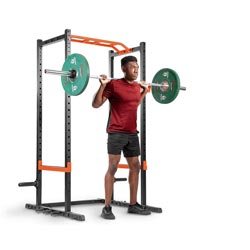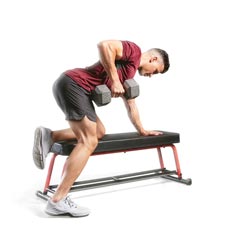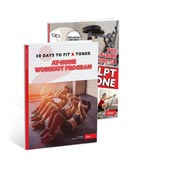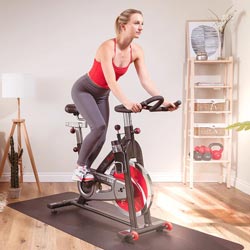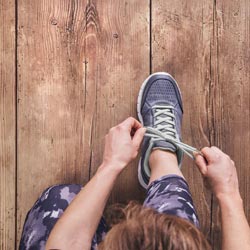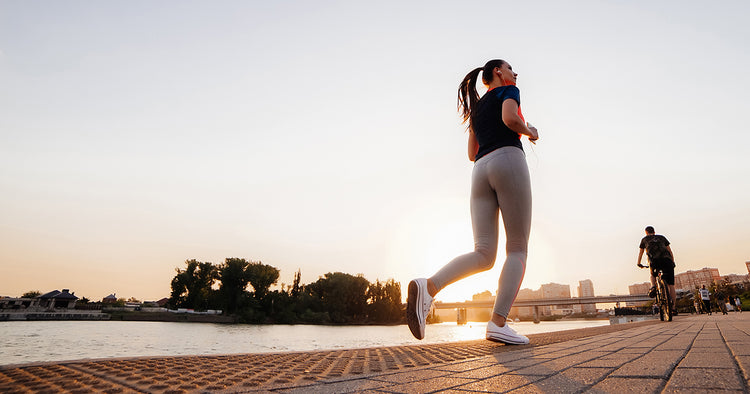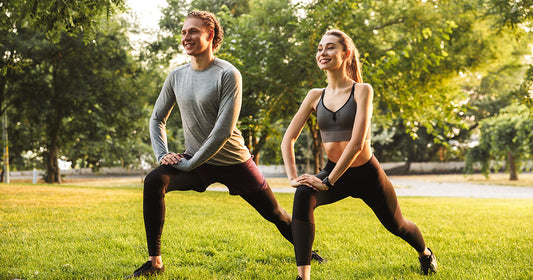What Does the Word Cooldown, Mean to You?
What does the word “cooldown” mean to you? Some of you might think it’s a waste of time or wonder why it’s something that we do. Growing up being a competitive & collegiate swimmer, cooling down is an essential pre-race tool taught at a young age. In competitive swimming, you are taught the importance of a pre-race cooldown after every race.
What My Cooldown Consisted Of…
Every coach at the competitive level has a different philosophy when it comes to how long each person should cooldown down after each race. One common thing, though, is that your cooldown is an active cooldown, consisting of slow, easy swimming for a certain distance, a specific duration, or as I was taught, until your heart rate lowers to 12 heartbeats or under, for a 10-seconds. A young competitive swimmer often tries to avoid a pre-race cooldown altogether, not fully grasping and understanding the benefits of a proper cooldown. That mindset tends to change as you get older and start seeing and feeling the difference between adequately cooling down and not cooling down.
Individualized Cooldown
It is difficult to recommend one specific type of cooldown routine for all individuals in all situations. Depending on the individual beliefs and preferences, the effectiveness of an active cooldown may differ depending on the individual. Because of this, recovery routines should be individualized. Some might benefit more from a dynamic cooldown, whereas others may prefer a passive or no cooldown.
Why Should We Cool Down?
When a person does a programmed exercise, the body experiences cell and tissue damage. If this damage continues and is not given repair in the form of recovery, it will cause injury to decrease subsequent exercise performance(2). Post-exercise recovery is a physiological phenomenon characterized by the body's return to its normal state(2).
The body performs a form of compensation by physiological changes by increasing the heart rate so that blood flows to various tissues that transport nutrients and oxygen can be met according to the body's needs. Our goal during an active and passive cooldown is to drop the body’s temperature back to its normal state and lower your heart rate to its resting heart rate.
What is Active Cooldown?
Also known as “active recovery,” it usually consists of low to moderate-intensity exercise performed within 1 hour after a competition or training. Active recovery or active cooldown helps eliminate the toxins formed in your body after exercising. Substantial evidence is that a dynamic cooldown helps your cardiovascular system (heart) and respiratory system (lungs) recover quicker. Some of these activities that would be considered an active cooldown would be light jogging, easy swimming, easy cycling, or any other moderate to low-intensity aerobic exercise.
How to Perform Active Cooldown
An active cooldown/recovery should involve any dynamic and aerobic activity performed at a low to moderate metabolic intensity, such as swimming, jogging, cycling, and yoga, to help increase blood flow, but prevent the development of substantial additional fatigue. It should also involve a low to moderate mechanical impact to avoid the result of other muscular damage and help delay any onset of muscle soreness. It’s essential to ensure that your active cooldown is performed within 1 hour of finishing your activity (right after if possible) and for it to be no longer than 30 minutes to prevent substantial interference with glycogen resynthesis(1). You should also make sure that your cooldown involves the same muscles you used during the preceding activity/exercise.
Benefits of an Active Cooldown
Active cooldowns are not beneficial after all activities. Still, they are essential after any high-intensity or prolonged exercise/activity that elevates your heart rate for an extended period. It has been shown that performing an active cooldown immediately after exercising helps prevent the fall in white blood cells compared to a passive cooldown. It has also been reported that a dynamic cooldown leads to a faster recovery of respiratory variables such as expiratory ventilation, a lower breathing frequency, and a quicker recovery of oxygen debt(1). An active cooldown is also believed to have many physiological benefits compared to a passive cooldown, such as faster heart rate recovery, less muscle soreness, and more rapid reduction of metabolic products(1).
Benefits of an Active Cooldown Cont…
During high-intensity exercising, the accumulation of metabolic by-products leads to lactate and other toxins in the muscles, leading to fatigue. Research has shown that various active cooldowns with low to moderate intensity are more effective than doing a passive cooldown in removing lactate from the blood and muscle tissue. Compared with a passive cooldown, an active cooldown generally leads to faster removal of blood lactate when the exercise intensity is low to moderate. Active recovery can prevent lactate accumulation into muscle cells and metabolize as the best recovery method to reduce fatigue and return the body to a normal condition(2).
What is Passive Cooldown?
Passive cooldowns are little voluntary muscular movements. These movements can vary, including sitting, standing, lying rest, stretching, foam rolling, vibration therapy, cold/hot-water immersion, and compression garments, saunas. Compared to a passive cooldown, an active cooldown generally leads to faster removal of lactate in the blood when the intensity of the exercise is low to moderate and helps increase blood flow to muscles and skin(1). Active cooldowns also result in a faster return of blood plasma pH and intramuscular pH to resting levels, which may preserve neuromuscular function by reducing the effects of exercise-induced acidosis, which affects the functioning of glycolytic enzymes such as phosphorylase and phosphofructokinase(1).
What Are Some Examples of Passive Cooldown?
Passive cooldown entails resting considerably after strenuous exercise or physical activity. It means putting your feet up and saying no to anything that further strains your muscles and joints. During passive recovery, your body is allowed total, undisturbed rest to repair muscle damage. Usually, passive cooldowns vary but involve little voluntary muscular movements and can include sitting, standing, lying rest, stretching, foam rolling, vibration therapy, cold/hot-water immersion, and compression garments. Other passive cooldown forms include nutrition, sleep, massages, and hydration.
Important Benefits of Passive Cooldown?
With passive cooldown comes rest, and with rest comes physiological and psychological advantages. Exercising depletes the body’s energy stores and muscle glycogen, leading to muscular tissue breakdown, so a passive cooldown will help boost your muscle recovery. Physical exertion increases cortisol and adrenaline, two energy-boosting chemicals, so sleeping helps restore your average hormone level. Muscles require glucose to operate even when you’re not exercising.
So Should I Do An Active Cooldown or Passive Cooldown After Exercising?
When it comes to cooling down, you shouldn’t do one over the other cause both are beneficial in their way. Active cooldown appears to be the better of the two recovery methods. That’s not to say that you should only do a dynamic cooldown. You should utilize passive cooldown if you’re completely exhausted, your sleep patterns are irregular, or your heartbeat is higher than average. So listen to your body and give it the love and attention it needs, depending on your current state.
In Closing
There is a reason why the term “mind-body” is used so much in the fitness world. Sometimes we forget to listen to that little voice in our head and listen to what our body is trying to tell us. Everyone’s body is different and needs to give their body the love and attention that it’s asking for. So don’t listen to what others say or think you should be doing and be mindful of what YOUR mind & body are telling you.
1) Do We Need a Cool-Down After Exercise? A Narrative Review of the Psychophysiological Effects and the Effects on Performance, Injuries and the Long-Term Adaptive Response, Book, 2018. https://pubmed.ncbi.nlm.nih.gov/29663142/, Accessed 24 June, 2022
2) Active Recovery is Better than Passive Recovery to Optimizing Post-Exercise Body Recovery, Journal, 2022. https://ojs.unpkediri.ac.id/index.php/pjk/article/view/17685, Accessed 23 June, 2022

